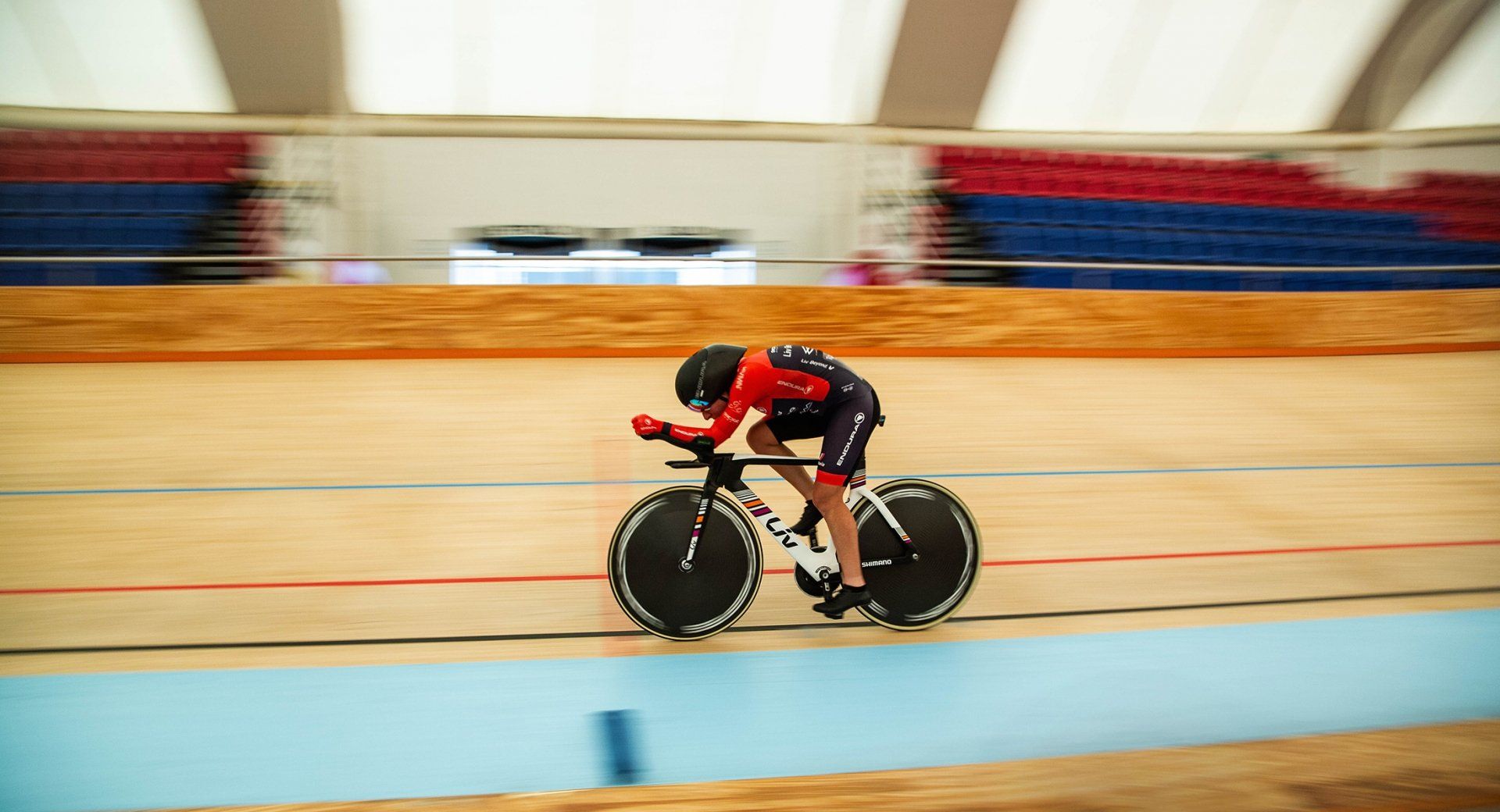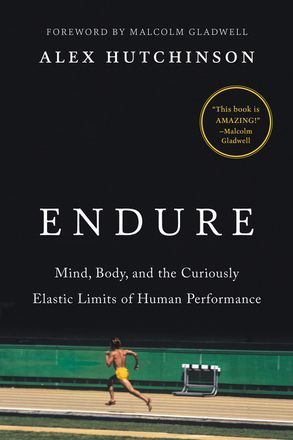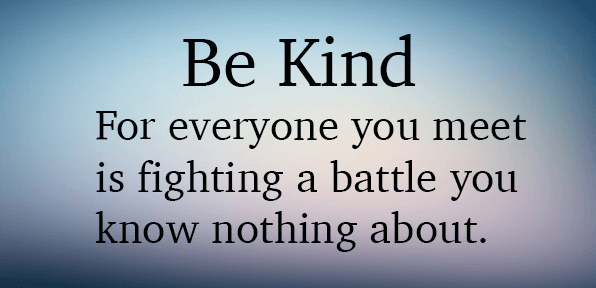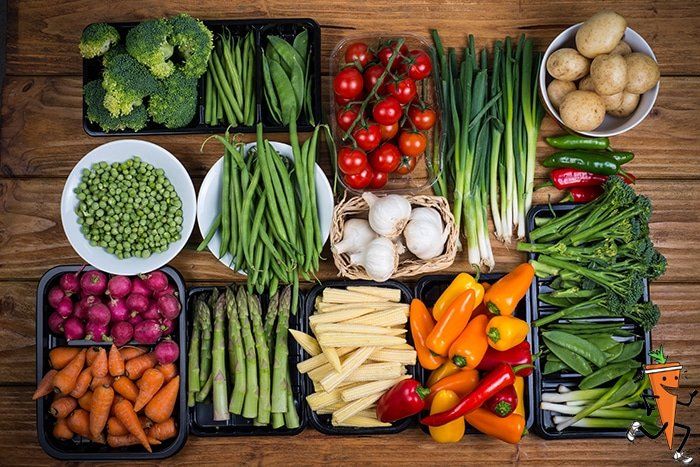BE ABOUT IT

We’ve all felt it.
We’ve allowed it to dictate how we respond to injury.
We use it as an alarm bell, warning us to stop or back off.
Think of how you use it in relationship to your performance. Do you have the same relationship with pain in training as you would if you were placing your hand over an open flame? Do you pull out of a workout because it gets the slightest bit painful like you’d pull your hand away from fire? The comparison may not be fair as one can legitimately injure you while the other...just causes you to suffer.

Outside Magazine’s Podcast released their latest episode of Sweat Science: Loving the Pain, which is a series featuring the work from Alex Hutchinson, a contributing writer to Outside Magazine, and author of an incredible book Endure: Mind, Body, and the Curiously Elastic Limits of Human Performance. The podcast explores the relationship with pain one must develop as an endurance athlete to set new performance records. The story centers around Vittoria Bussi, a velodrome cyclist reaching to break the HOUR Record. The Hour is the longest possible race your body is physiologically capable to compete in at your fullest potential but requires you to be in pain the entire time. At the heart of this quest and this podcast is her relationship with pain and how she manages it in her attempt at a world record.
As an athlete I am no stranger to pain. My IRONMAN training has brought me to new levels of pain and suffering that I never thought possible. My days spent running around the Springfield College turf chasing a field hockey ball brought pain but in shorter and more intense bouts. Today, now, as someone that participates in programs for metabolically challenging classes I still experience pain. Regardless of how and where I am training there is pain. There is also a desire to perform and strive for constant improvement. My pain, as expressed in the podcast, is no different than what Bussi is experiencing. Elite athletes are not exempt from feeling pain over amateurs or non-athletes.The pain in real. What differs is how it is managed.
Take yourself as an example. When faced with a workout that challenges not only your strength but your heart rate response do you:
A. Pick a lightweight knowing it’s going to hurt?
B. Go for broke knowing it’s going to hurt?
OR
C. Not even sign up for class knowing it’s going to hurt?
The layering of exercises and prescribing of work intensity requires a great deal of thought and experience from a trusted professional.
The correct answer depends on you and your goals. Me, I choose B. I always choose B. Why? Because the pain is what is going to make me better. The pain is what will allow me to suffer now and perform later. Spending time suffering teaches me just how far I can go. It is not a pleasant place to be. Bucci cited there were days she would wake up scared for the training that was to come just knowing how bad it would hurt. NO ONE likes being in pain, but if knowing the pain is going to allow you to set a world record, PR your next IRONMAN, or crush your Prioritize Me numbers then why not settle in and embrace it rather than shy away from it?
I will say this: getting to this place of pain and suffering is not easy and it takes practice. The layering of exercises and prescribing of work intensity requires a great deal of thought and experience from a trusted professional. Your limits will be tested. You will break, mentally, but the goal is not to break you physically. It is easy to see the fitness trends and mimic your counterparts but there is a line. It sits between suffering and injury.
I challenge you to tow the line. As Geoff mentioned to me today, “Taste Metallic” you know...the point where your insides are starting to revolt and creep up your throat from working so hard. Embrace the pain and see how far it takes you.
SK
If you want more insight into Vittoria Bussi 2018 attempt on the HOUR Record watch this!
If you’re interested in listening to the Outside Magazine Podcast Sweat Science: Loving Pain go to your podcast app and search for Outside Magazine to download the episode.
If you’ve never listened to a podcast, you’re missing out. Get on it!


